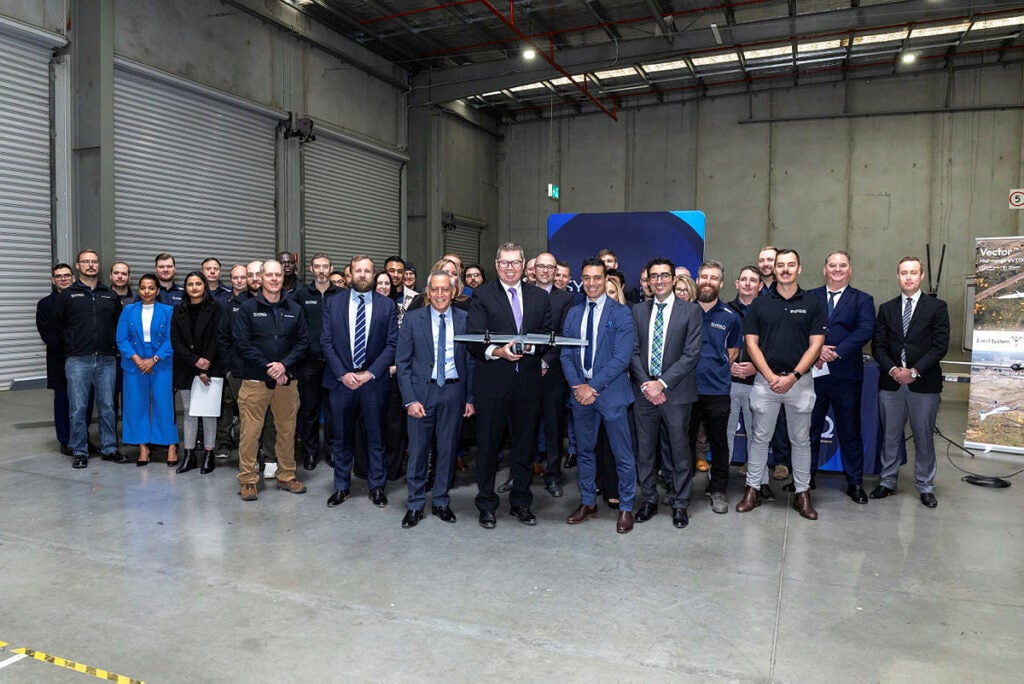Australia Expands Its Unmanned Aerial Systems Capabilites With Vector/Scorpion And Corvo X
On July 15, the Australian Department of Defence announced that the long-running LAND 129 Phase 4B or DEF 129 programme, which was launched to replace the Wasp III SUAS used by ADF personnel, had finally concluded. The Ministry stated that the Vector/Scorpion 2-in-1 ISR System from Quantum-Systems in Germany and the Corvo X small unmanned aerial vehicle from SYPAQ in Victoria were chosen to provide state-of-the-art lethal and non-lethal capabilities to Australian military personnel.
These new purchases are part of the Albanese government’s $10 billion commitment to provide autonomous systems and unmanned aerial vehicles to the Australian Defence Force over the next decade, and they follow the Switchblade 300 kamikaze drone system purchase last week.
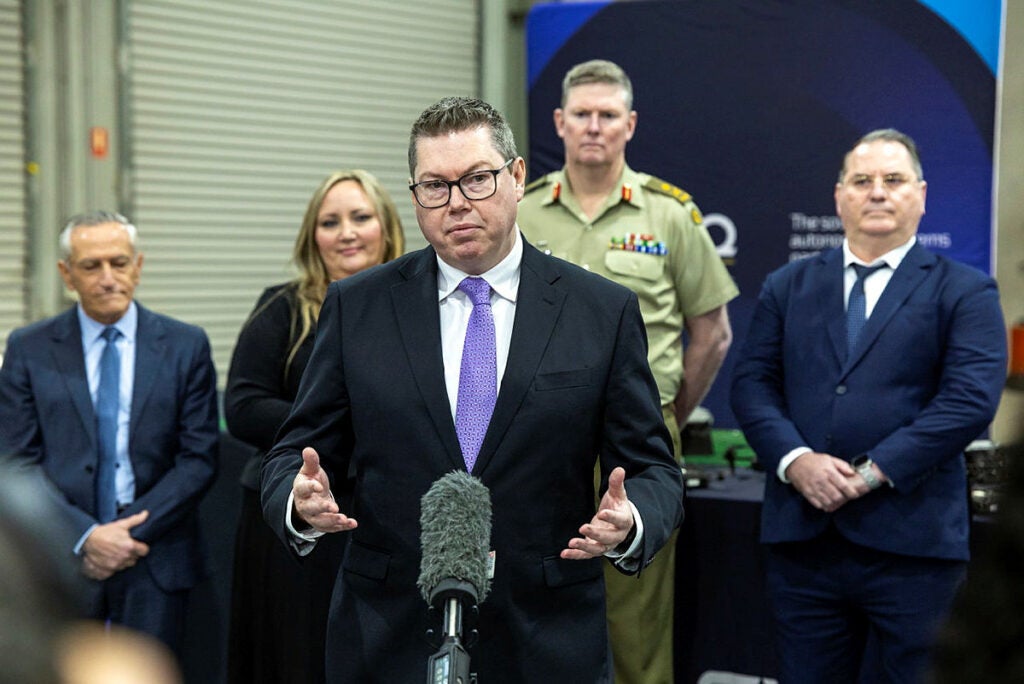
The total value of these two orders, which will increase the ADF’s surveillance and reconnaissance capability and expand its existing unmanned aerial vehicle stock, is approximately 100 million Australian dollars (approximately US$67,438,000). The agreement with Quantum-Systems costs 90 million dollars, and the remaining 10 million dollars is for the order placed with SYPAQ. The agreements include a support contract for training, maintenance, engineering, procurement, and logistics, as well as the relevant unmanned systems. Both new UAVs will be delivered to Australia in 2025, with support services running until 2031. In addition, the purchase and support contracts will create at least 30 highly skilled jobs at Quantum-Systems Australia’s Brisbane office and SYPAQ Systems’ Melbourne offices.
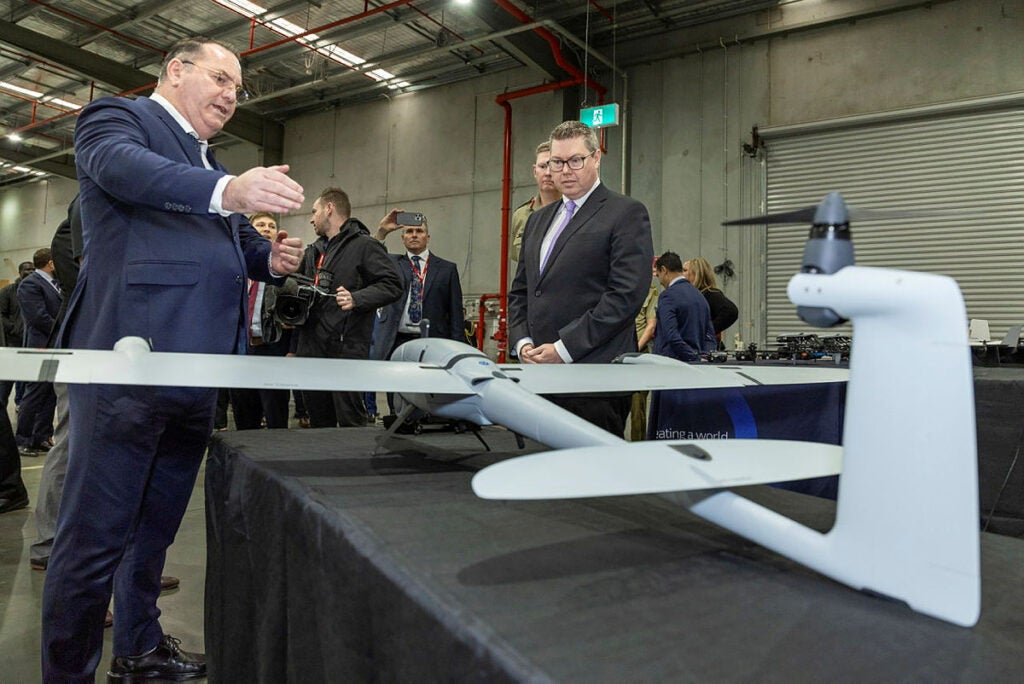
Australian Defense Industry Minister Pat Conroy commented on the latest acquisition, which will increase the ADF’s potential capabilities in land and coastal operations: “Defence’s partnership with two pioneering companies is an example of how the Albanese Government is not only investing in Australian ingenuity but also in the capabilities our ADF personnel needs to keep Australians safe. With this investment the Albanese Government will grow our defence industrial base, supply chains and create highly skilled, well-paid jobs. The delivery of these uncrewed aerial systems in 2025, within a year of project approval, is a significant demonstration of Defence and industry’s strong partnership, and intent to enhance the speed at which we introduce capabilities in support of current and future Defence requirements.”
About the Vector/Scorpion 2-in-1 ISR System
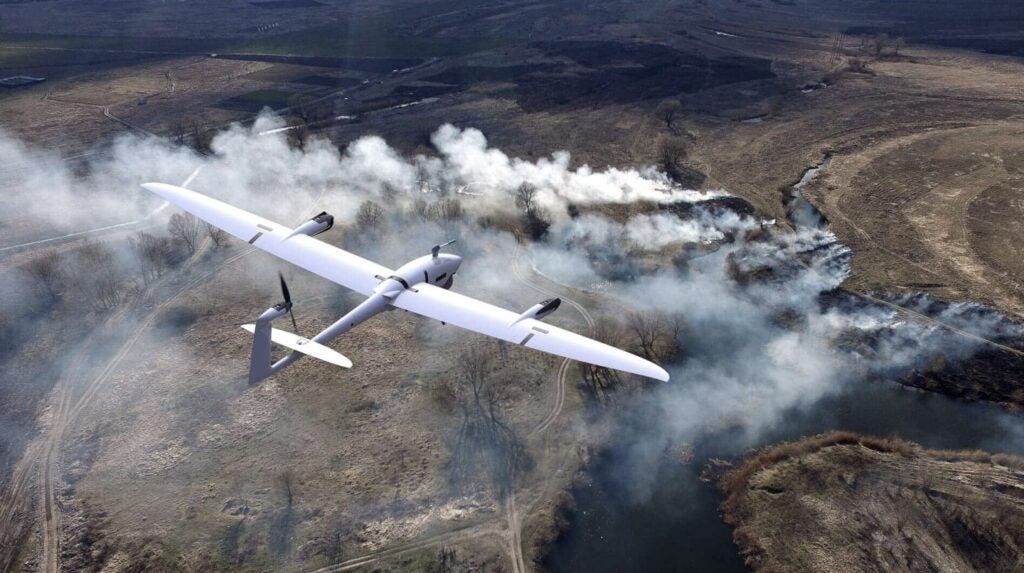
The Vector 2-in-1 fixed-wing eVTOL UAS can provide real-time, high-resolution video for surveillance and reconnaissance missions. The system, which can be deployed and made operational in three minutes by a handful of soldiers, can fly for up to 180 minutes with intelligent cruise speed control of 15 to 20 meters per second, even in adverse weather conditions like wind, heat, dust, and rain. Mesh IP encrypted data links can send real-time video to multiple ground control stations over distances of up to 35 kilometers. Furthermore, its ultra-low noise emissions make it ideal for covert surveillance missions. Alternatively, the Scorpion can be configured into a multicopter by removing the wings and tail and adding a separate boom and propeller set. Although technical specifications such as weight and length might differ slightly as a result of this change, the main body, ground control system, data link, sensors, and AI capabilities will remain unchanged.
About The Corvo X SUAS
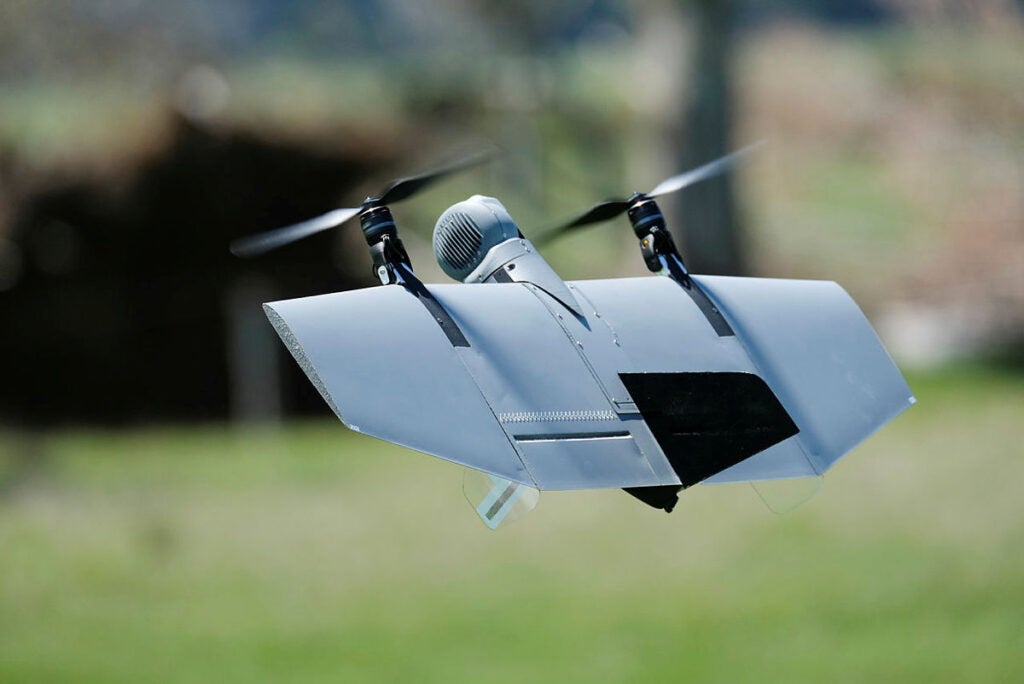
Corvo X is the most advanced and newest member of the CORVO Autonomous System Family (which includes CORVO PPDS, CORVO PPDS HL, CORVO ALTO, and CORVO NANO) developed by SYPAQ of Australia. According to the manufacturer, the system is a cutting-edge SUAS that combines innovation, performance, and reliability, built on experience gained in modern warfare and tactical operations. It has a thrust-vectoring Vertical Takeoff and Landing (VTOL) configuration, is lightweight and portable by a single soldier, and has sophisticated autonomous functions, making it suitable for modern military operations. Corvo X has an operational range of up to 5 kilometers, a maximum speed of 100 km/h and an endurance of up to 50 minutes. During this time, the system can demonstrate surveillance and reconnaissance capabilities thanks to the Sony 4K CMOS sensor and the FLIR Boson 640 LWIR sensor.

